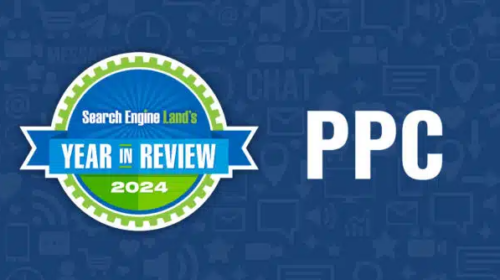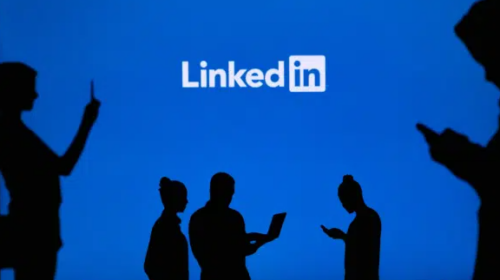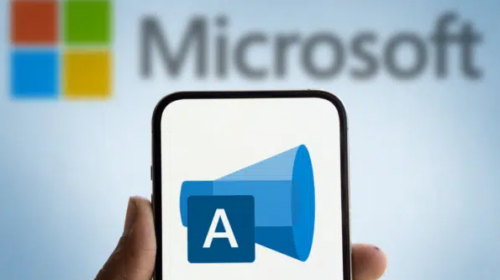A new era has arrived in local search: Google’s Local Trust Pack
The variables that drive performance for LSA extend beyond the prominence, relevance and proximity factors we have built strategies for.

Google is so confident in the consumer value of these answers that they put them atop their precious search result pages. When speaking to local businesses, Google states that they can “earn customers trust with the badge.” It tells them that the badge will give its users, “more confidence to book your services.”
It is increasingly important for local business owners who are eligible, to obtain the Google badge of trust. But the real value of the badge is the access it provides to Local Services Ads (LSA). This is Google’s local trust pack. It is a cost-per-call advertising inventory unit that acts unlike anything we have ever encountered as marketers.

Badges are earned within two distinct programs – Google Guaranteed and Google Screened. The more mature Google Guaranteed, now covers most Home Service categories, including appliance repair, carpenter, carpet cleaner, electrician, house cleaning, interior designer, landscaper, lawn care provider, mover, pest control technician, pet care provider, pet groomer, plumber, roofer, tree service provider, water damage, window cleaner, window service provider and flooring, foundations, countertop, HVAC, and siding pros. The green check-mark for Google Guaranteed providers signifies that Google has verified the business and backs the services booked.
This year, Google solidified the growth intentions behind its newly minted trust layer, with the launch of Google Screened for Professional Services providers. This program is for lawyers, financial planners, real estate agents, photographers, event planners, and tax specialists.The Google Screened badge means that it has verified the providers’ background and backs their expertise.

Over a series of articles, I will address the Google Guaranteed and Screened programs and explore the specifics of each. We will learn what it means to optimize LSA and take advantage of the badge. Here we look at the past and present conditions that underscore Google’s revolutionary new trust layer.
Part 1: The Past
To truly understand the local trust pack, it is important to start with Google My Business (GMB). Launched in 2014, GMB is the quintessential free marketing tool for local businesses. It enables them to manage their business presence across Google. It was positioned as the ‘businesses’ best friend and the place to keep business content fresh, post deals, share high-quality photos and videos and respond to customers.
But, as Google knows all too well, leadership begets scrutiny and spam and in January 2016, the Google Local team found itself having to respond publicly to a NY Times Article entitled “Fake Online Locksmiths May Be Out to Pick Your Pocket, Too.” The article directly implicated Google Local results and the ease of how unsavory people game them to commit fraud.
The public may have been talking about locksmiths now, but what about all the other “pros” that Google was sending into peoples’ homes? By 2016, Google was being held to account for the safety of its users’ post-search, in their own homes.
It is no coincidence that months prior to the Times article, Google announced that it was testing Home Service Ads in beta in the San Francisco area for, you guessed it… locksmiths, but also plumbers, cleaners, and handymen.
Trust would be built on the back of what was called Advanced Verification standards that Google states:
“In order to prevent fraudulent businesses from advertising on Google using false identities, Google Ads and Local Services advertisers in certain verticals will be required to complete Advanced Verification.”
By this time, post-transactional activity was very fertile ground for Google. Its reviews and ratings features have historically relied on its consumers to qualify their experiences with local businesses. In fact, these post-transactional signals have become a foundation of local search ranking.
Now, consumer reviews were no longer enough. The meaning of trust for Google’s local results was expanded to encapsulate the security and well-being of its searchers through the transactional environment itself. As the story unfolds, we begin to see that Google’s move to instill new signals of trust into its result sets, requires a momentous effort and an entirely different set of rules.
Part 2: The Present
To qualify for the coveted Google Guaranteed or Screened badge, the service pros undergo personal background checks and provide corporate documentation, proof of insurance, certifications, licenses and other credentials, depending upon industry. This process can take weeks, even months, as Google depends upon third-parties throughout the application process.
If this vetting process sounds familiar, then you are probably familiar with mature vertical search providers, like Home Advisor or even Thumbtack (a Google Ventures investment). The badge is so trust-oriented that if a consumer is unsatisfied with a service pro’s work, Google may refund the amount paid for the service – the “Guaranteed.” They cap lifetime coverage for claims at $2,000 USD.
It is exciting for a business owner to obtain the Google badge of trust. But it’s the access to LSA that gets the phone ringing. Most local search marketers unknowingly stand on the cusp of what will be their biggest challenge to date in working with Local Services Ads. These ads look and act differently than other search-based products or strategies. On the surface, the inventory is unpredictable and temperamental. Below the surface it is formulaic and strict.
The LSA algorithm, which drives the cost-per-call market, has significant advertiser dependencies. A click on the ad unit itself resolves to a new type of Google landing page called the LSA profile. The rules governing the trust layer display are predicated on a very shallow “job category” to “job type” to a keyword-based ontology. The LSA algorithm is rooted in GMB and local rank principles. But, what makes LSA so unique is its use of methods such as hours of operations, answer rate, conversation quality, booked transactions, archived calls, customer reviews, and other advertiser feedback loops to calculate ad serving rules. Google may represent its trustworthiness for a business by a badge, but it represents trust for an advertiser through ad serving.
For five years, Local Services Ads have been slowly, but consistently launching atop Google search results for local queries in key home services categories. The pace of the roll-out is now speeding up as the once obscure and mysterious program is coming out of the dark and into the light for users and advertisers alike. In 2020, as Guaranteed results became much more prevalent across home pro queries, Google made profound news by quietly announcing Google Screened for Professional Services categories.
The reality is that despite all the potential, many local businesses simply won’t qualify for the Guaranteed or Screened programs. Even if they do, many do not have the basic faculty to interact with the advanced functioning of the call-based advertising inventory. In the months and years ahead, many marketers and advertisers will grow very frustrated, give up, wait and watch.
This is not a test. That started for Google in 2015. A monetized trust layer, unlike anything we have seen in local advertising, has form and function on Google search results. The variables that drive the performance for LSA extend well beyond the prominence, relevance, and proximity factors that we as local marketers have built strategies and careers around. A new era has arrived in local search.
In the articles to follow, we will unpack Google Guaranteed and Screened, including the approval processes, the LSA algorithm, the cost-per-call pricing model, and the LSA/GMB Profiles.





